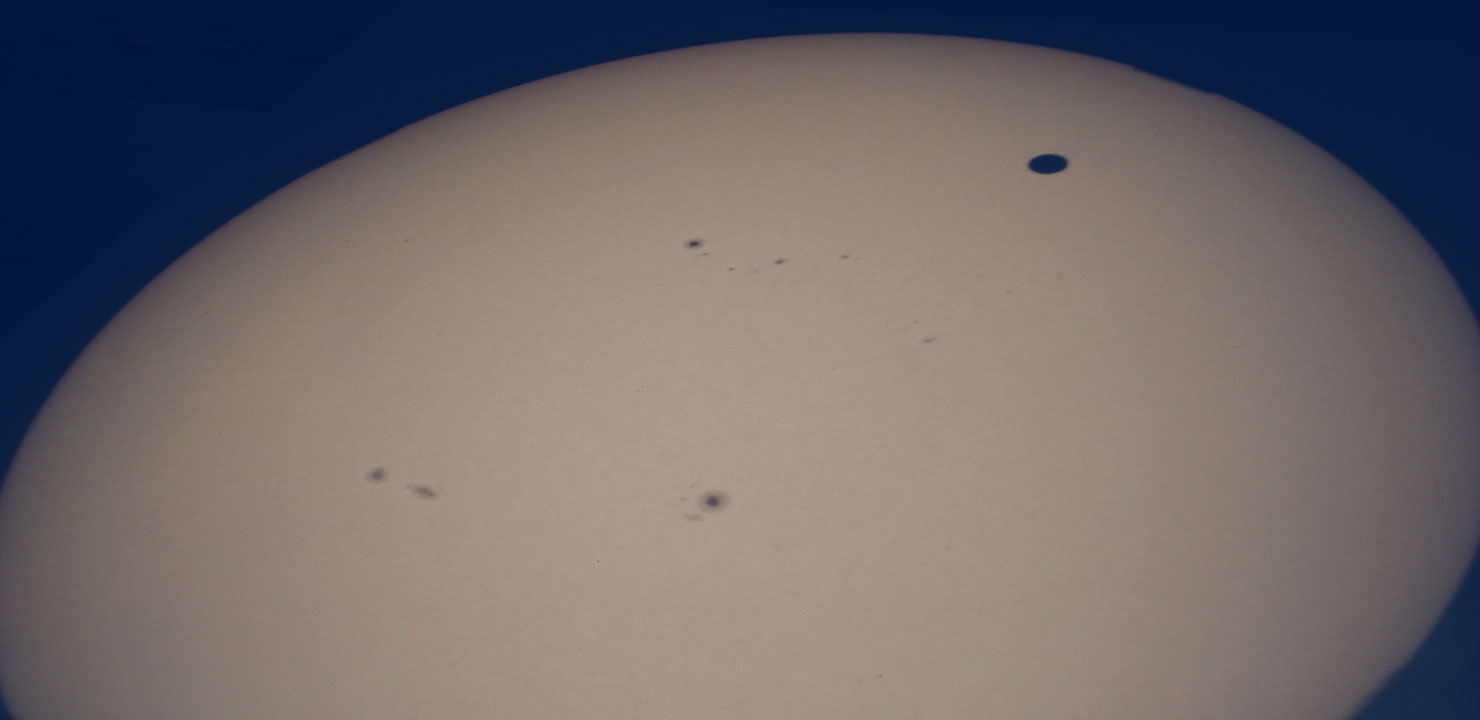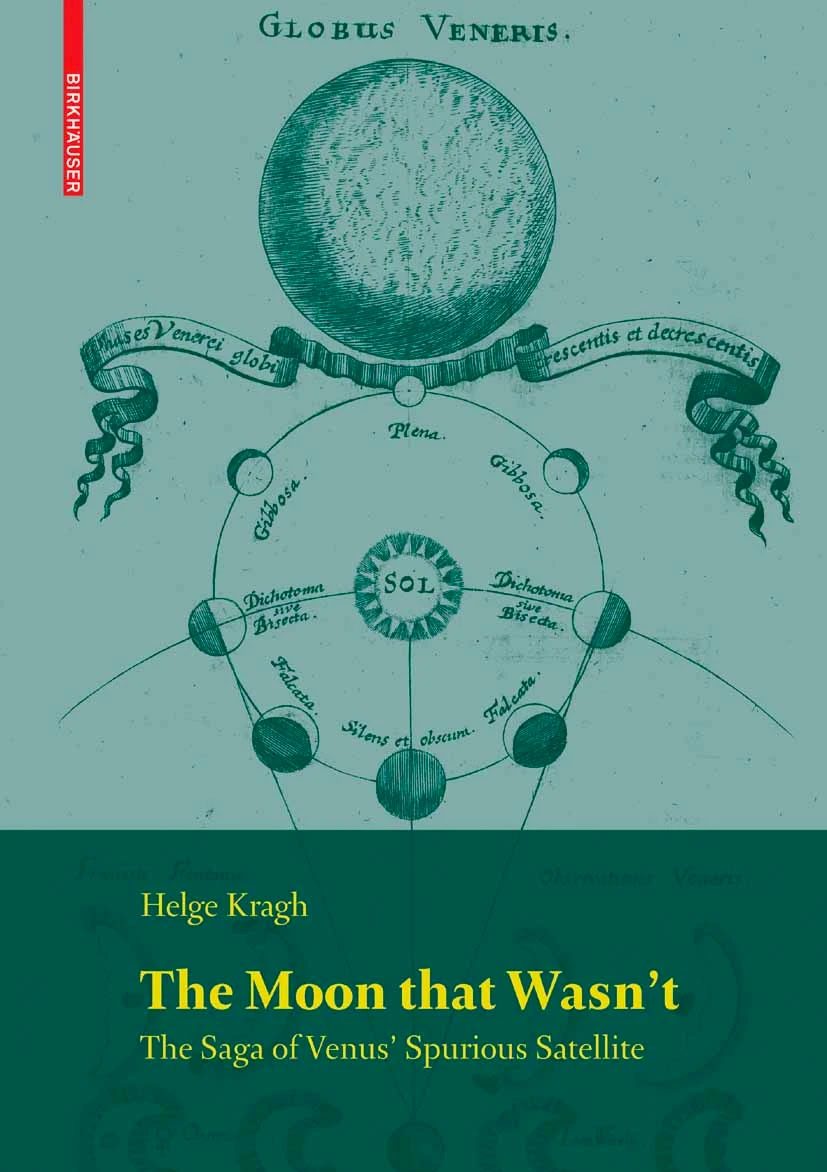
Book Review: The Moon That Wasn’t: The Saga of Venus’ Spurious Satellite
October 2024 :
Last time, we introduced the work of astronomers through the ages as they tried to determine through the centuries whether Venus has a moon. Turns out, there is a book that was written on this very topic.
Book Review: The Moon That Wasn’t: The Saga of Venus’ Spurious Satellite
by Helga Kragh, Boston: Birkhauser Verlag, 2008, ISBN 978-3-7643-8908-6, hardbound, $109.99 US
Reviewed by Francine Jackson

Yes, this book is rather old, but the “question” of a moon around Venus suddenly came up in recent literature, as in 2002 astronomer Brian Skiff at Lowell Observatory discovered what he called a quasi moon around Venus. Apparently he found an asteroid that seems to orbit Venus, but isn’t bound to it gravitationally: instead, it has a complex orbit that goes around Venus and our Sun. This makes its motion unstable, so it will eventually be ejected from this orbit. This object originally was listed as 2002VE68, but was shortened to 2002VE; however, artist Alex Foster, when creating a map of it, misread it as ZOOZVE, which, on February 5, 2024, the IAU, the official astronomical naming organization, designated this is how our new solar system member would be called.
This isn’t the first time Venus has thought to have a satellite; in fact, astronomers from the beginning of telescope observations have believed they have seen something traveling with our neighbor. As early as the 1630s, Francesco Fontana, a telescope maker, but not considered the best observer, was stating he had seen markings on Venus, plus, “Two small dots. . .I would suppose to be her Courtiers and Attendants.” This did catch the attention of his contemporaries, and from there it became a quest to locate and confirm them. Such names as Giambattista Riccioli and Pierre Gassendi acknowledged the observations, but not with the positivism Fontana desired.
However, the moon observations weren’t done: In the 18th century, J. D. Cassini also believed he had seen one, as well as other astronomers of the day. But, during the transits of Venus of 1761 and 1769, the search was on, and no one definitely saw a tiny object traveling across the Sun with its parent planet. Many astronomers then began speaking of the moon as a figment of others’ imagination, a reflection within the telescope, or just a star or planet (very often Uranus) within Venus’s line of sight.
The Moon That Wasn’t is a complete introduction to the trials and tribulations of astronomers attempting to discover what just isn’t there. Surprisingly, though, at the same time, there was talk of two moons belonging to Mars, also, although they weren’t found until the end of the 19th century. The author has given both extensive footnotes and an incredible bibliography to describe the work performed by many astronomers: believers, most of whom drew their “discoveries,” and skeptics, who could not confirm what others had seen. She even gives a list of seven possible explanations, from optical illusions to sunspots.
Although today we are certain Venus doesn’t have a satellite companion, this book is a great example of how so many professional observers could have believed in both their equipment and their seeing to see what we know isn’t there. As a history of observations, real or imagined, within our solar system, this comprehensive book is very much worth reading.
A transit of Venus would have been a good opportunity to confirm the presence of a moon around Venus. This picture of the 2012 transit of Venus was taken by Francine Jackson from the 150' Solar Telescope at Mount Wilson Observatory.



